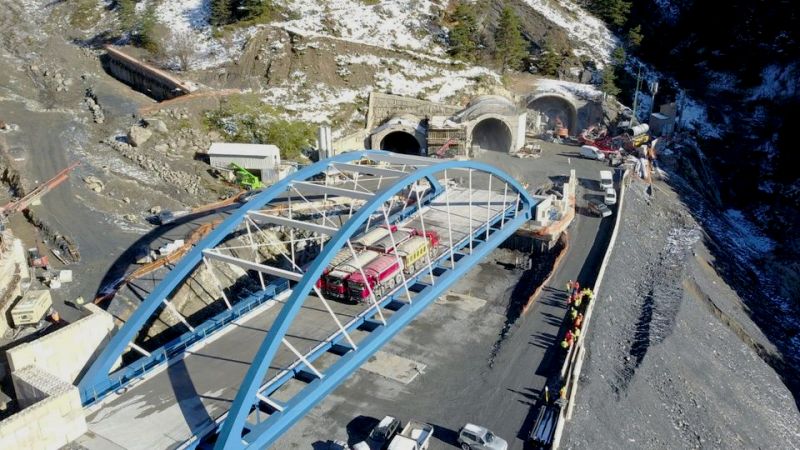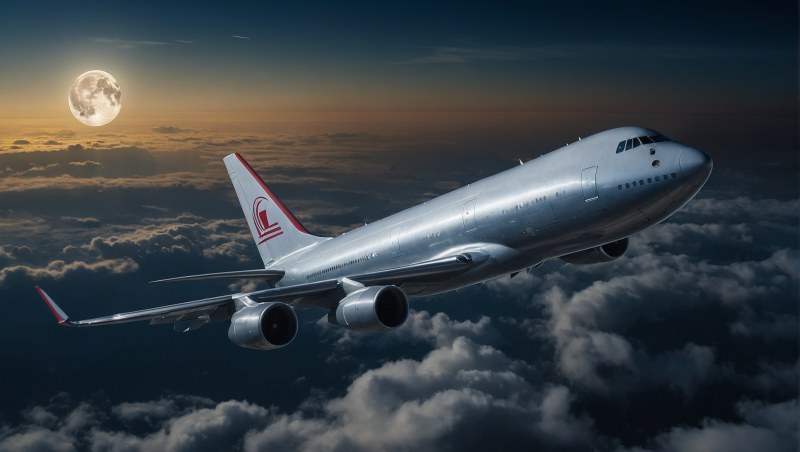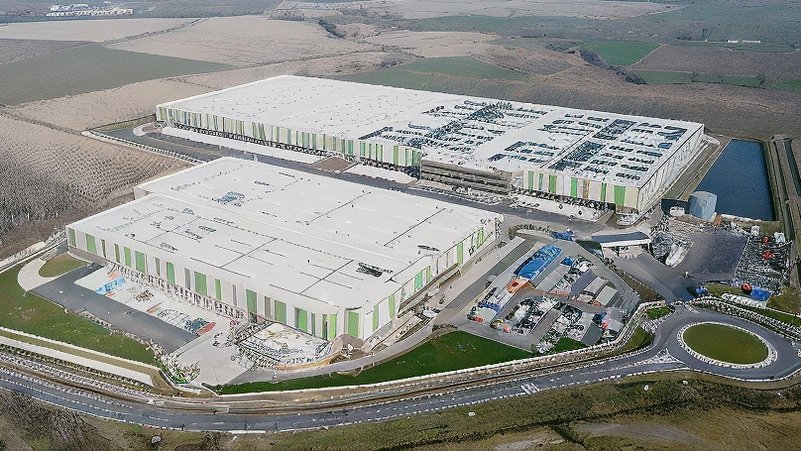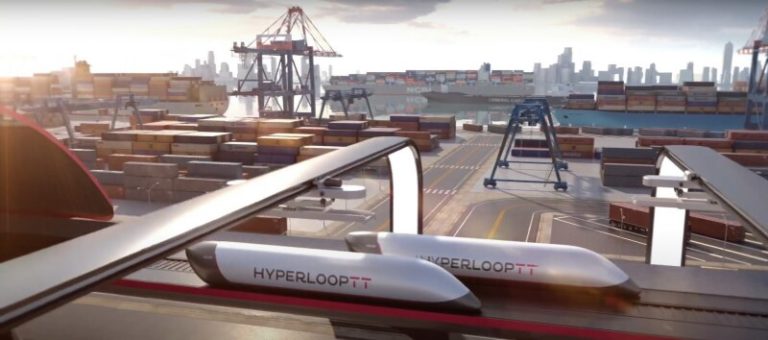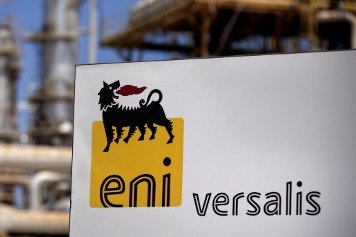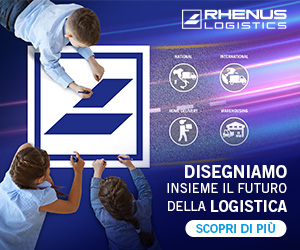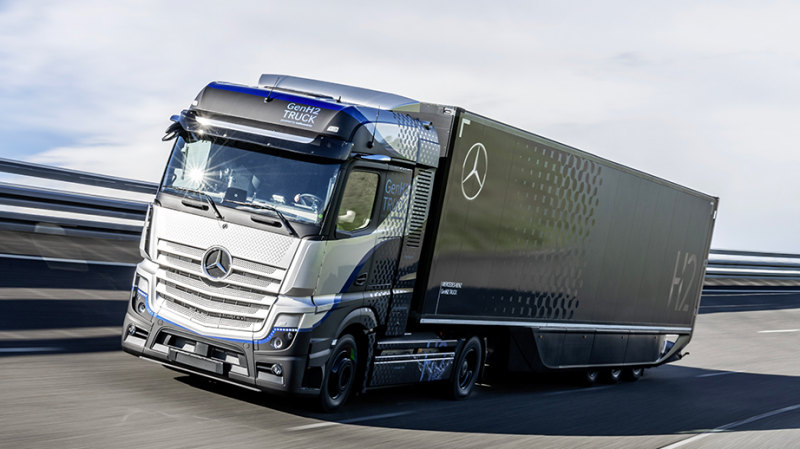Among skeptics, a joke circulates: which will arrive first, the bridge over the Strait of Messina or the Veneto Hyper Transfer project? Or are both endeavors so visionary they will remain just that? The fact remains that the transport system proposed in Veneto, though speculative between future and science fiction until proven otherwise, has reached the signing stage for a feasibility study. The envisaged ultra-high-speed shuttles between Padua and Venice, as well as along the Mestre ring road, are based on the technology of fast, guided transport in a low-friction, aerodynamically controlled environment—a technical definition for what is essentially a type of tube.
It may be no coincidence that Hyperloop TT, the company that launched and is committed to developing this technology, announced the move of its research center from Toulouse in France to the outskirts of Venice. Officially, the decision was made to extend the experimental area, as the spaces available in France were no longer functional. However, the French local press has also highlighted critical voices, especially after the SNCF railways invested 80 million euros in this project, in addition to contributions from regional administrations.
Two leading companies have been entrusted with conducting the feasibility study in Veneto, which, despite the irony with which the project was received, should guarantee seriousness and concreteness. The first is the Webuild group, also involved in the Messina bridge project—though this is merely a coincidence—and the other is the Leonardo group, an Italian public company that develops cutting-edge technologies ranging from aerospace to defense and security.
The Hyper Transfer project's promoter is Concessioni Autostradali Venete (Cav), a company formed by Anas and the Veneto Region that manages the Passante, the Mestre ring road, and the A4 highway between Padua and Mestre. Cav is heavily invested in innovation and the mobility of the future. Cav had published a call for an "innovation partnership," i.e., the notice that allows for identifying the economic operator with whom to establish a partnership for the development of the innovative land transport system for goods or passengers, as provided by the memorandum of understanding signed on March 16, 2022, between Cav, the Region, and the then Mims. Webuild and Leonardo stepped forward and have now reached the contract signing stage.
Although the Hyper Transfer technology theoretically allows for both passenger and freight transport systems, this phase focuses exclusively on a commercial service project. The aim is to create a container freight transfer system through a tube in which capsules isolated from the outside travel, propelled by propulsion and suspension systems guaranteed by magnetic levitation. This method maintains the pressure difference with the outside and achieves speeds unthinkable with traditional transport systems: theoretically, speeds over 1000 km/h could be reached, although commercial operation hypotheses reduce these for practical and cost reasons. The feasibility study is eagerly awaited to clarify the reservations expressed by various parties.
Piermario Curti Sacchi



